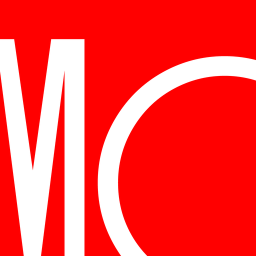JPMorgan Hedged Equity continues to deliver on its promise of a low-volatility portfolio that can help investors stay the course in volatile markets. Consistent implementation by an experienced team and reasonable fees add to its strengths.
The strategy aims to provide smoother equity returns by tempering both downside and upside returns via a systematically implemented options strategy. The managers start with an equity portfolio that closely mimics the S&P 500 but with small tilts toward stocks they believe are attractively priced. To temper downside risk, the team purchases put options with strike prices 5% below the S&P 500’s market value at the start of each quarter. To offset part of the cost of the put option, the team first sells put options 20% out of the money. This structure should generally protect the fund from quarterly losses between 5% and 20%. If markets fall less than 5%, the fund should closely track the S&P 500. If the market falls more than 20%, the fund will begin participating in losses once again, maintaining a roughly 15-percentage-point advantage over the market.
To further offset the cost of the long put position, the team also sells call options that generate enough option premium income to cover the remaining cost of the hedge. As designed, the options overlay tempers upside returns in exchange for downside protection, limiting drawdowns to 5.33% for the second quarter of 2022 and 4.9% during the first quarter of 2020. This translated to nearly 11 and 15 percentage points in excess returns over the S&P 500 in these respective periods. Still, returns on the institutional share class have been robust. Five-year returns through August 2023 sat at just over 8.1% compared with the S&P 500’s 11.1%. The strategy has shown positive alpha to our category index over all rolling three-year periods bar one since inception, highlighting its ability to add value to a diversified portfolio.
Hamilton Reiner runs the show here. The lead manager and architect of the strategy joined JPMorgan in 2009 and has more than three decades of equity and options trading experience. He is supported by comanager Raffaele Zingone and more than 20 JPMorgan equity analysts who implement the low-tracking-error equity portfolio the options are built around.
After a soft close in early 2021, the fund reopened in February 2023. The strong increase in average daily volume on S&P 500 options has been a positive sign for underlying liquidity and alleviated concerns about capacity. The fund has added around $2 billion in new assets since, but the manager’s demonstrated ability to manage this increased capacity signals a thoughtful approach.

